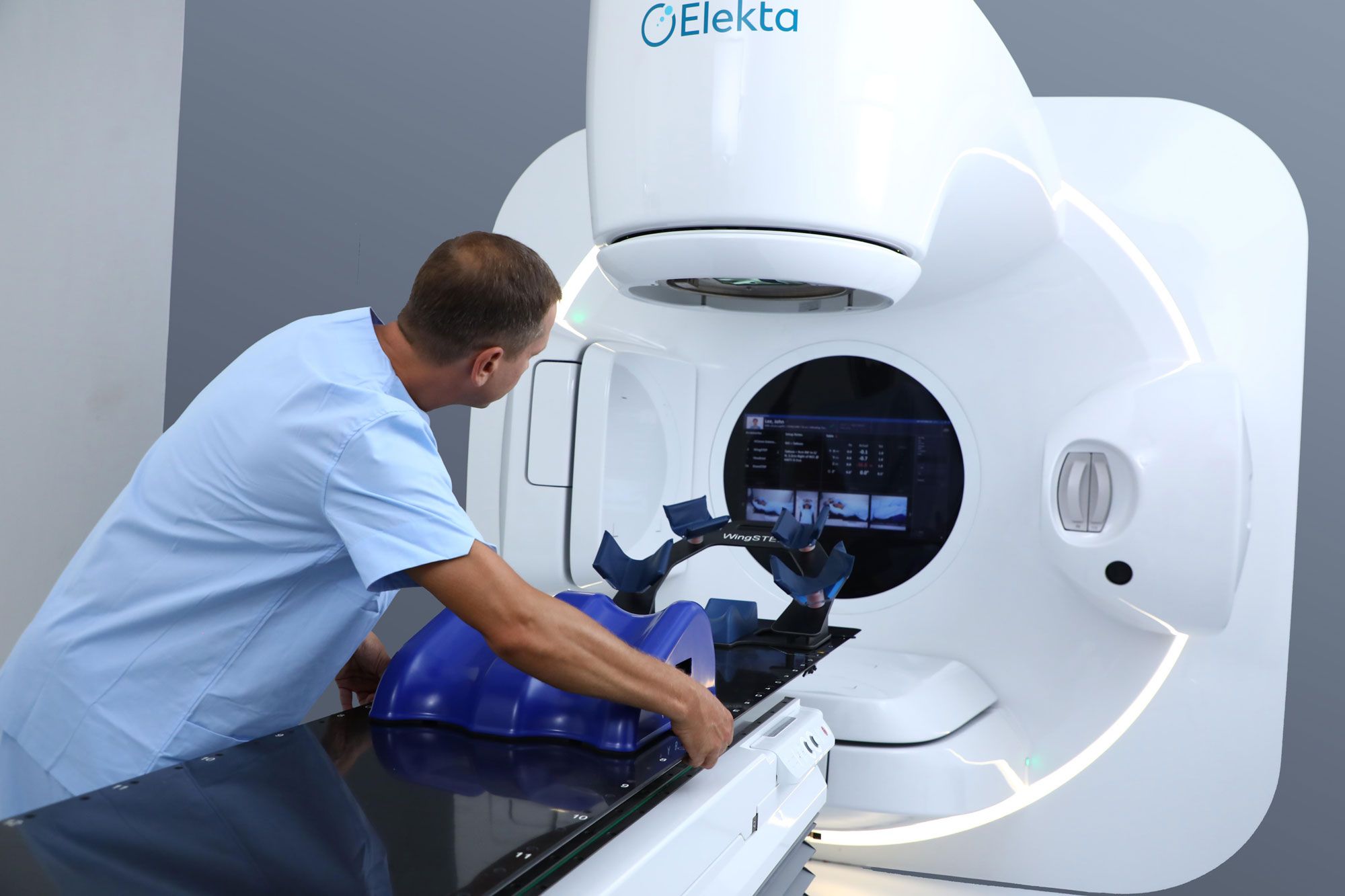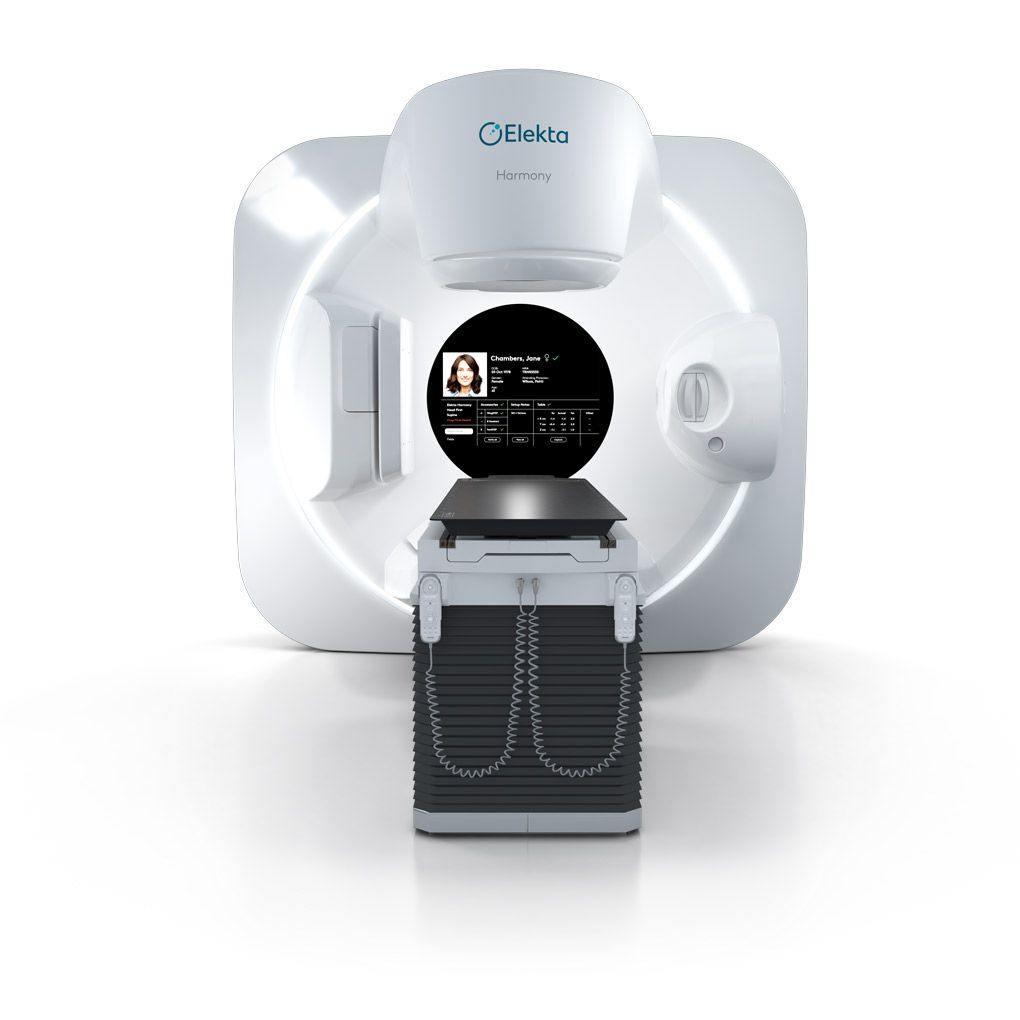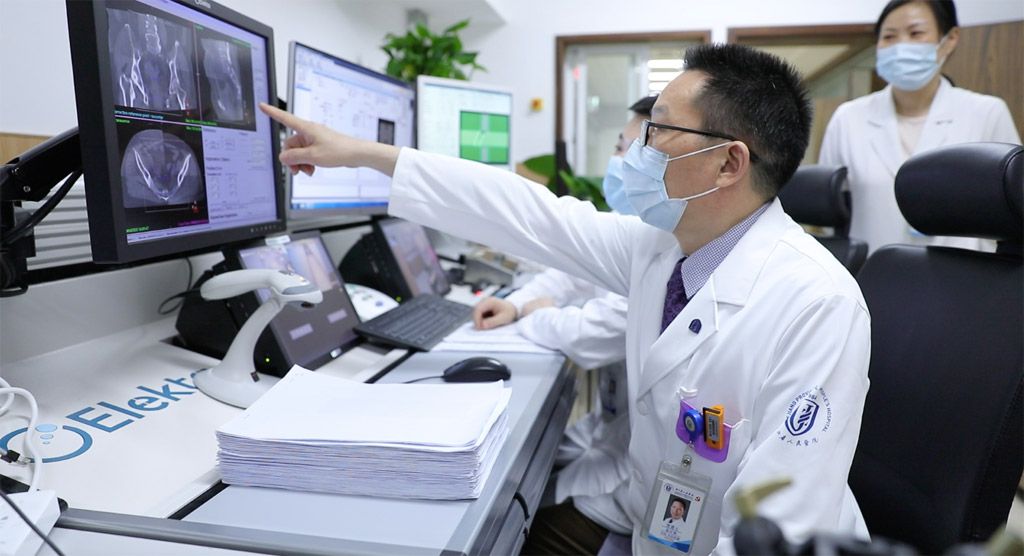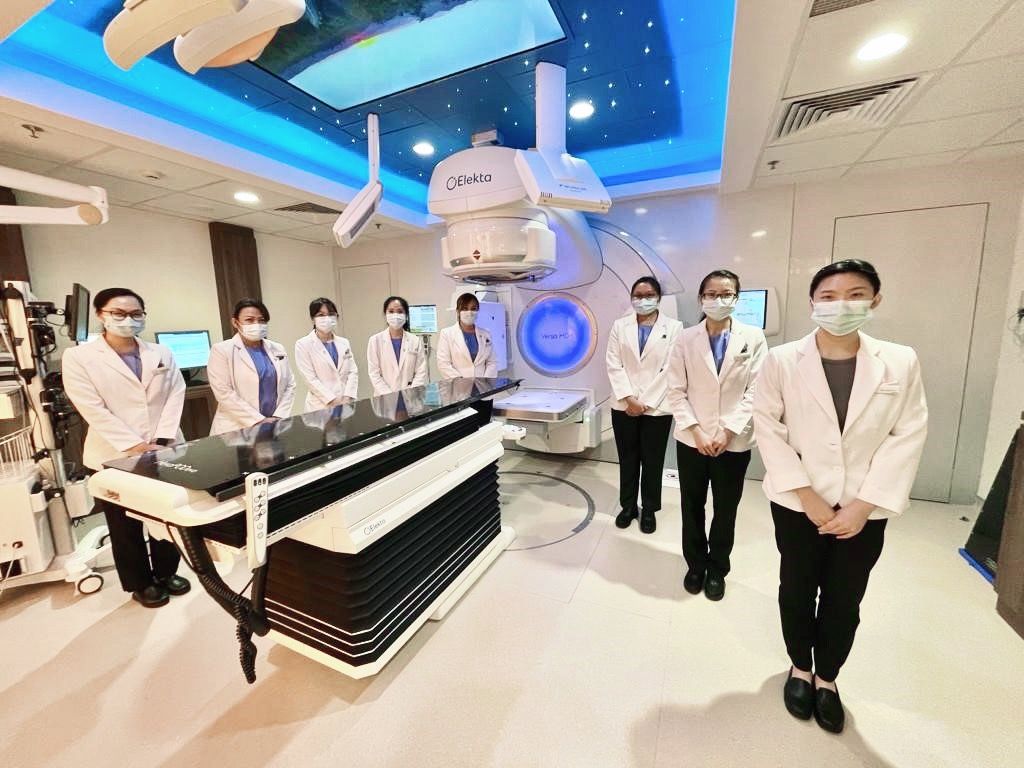World’s first clinical Elekta Harmony linac enables treatment of more patients at Turkish medical center

Acibadem Bursa Hospital’s first-ever Elekta linear accelerator ramps up in four months to 70+ patients treated daily
Six months after the Elekta Harmony radiation therapy system earned CE mark, the first clinical system found a home at Acibadem Bursa Hospital (Bursa, Turkey), part of the Acibadem Healthcare Group, the country’s largest private hospital organization. Clinicians at the medical center began using their Harmony to treat patients in May 2021.
According to Acibadem Healthcare Group’s Lead Physicist, Görkem Güngör, whichever systems are selected to replace (i.e., end of life cycle) the hospital’s two existing linacs have to meet rigorous requirements.

“Four different groups here had specific demands and expectations,” Güngör says. “The decision-makers prioritized system cost-effectiveness, feasibility as investments, suitable financial options and the ability to treat more than 50 patients each day. The physicians wanted very powerful IGRT options and to be able to perform all conventionally fractionated, mildly fractionated and ultra-hypofractionated treatments.
“We physicists demanded rapid therapy delivery, so we wanted flattening filter free beam delivery, in addition to conventional dynamic conformal arc, VMAT and IMRT options, as well as the Monte Carlo dose calculation and portal dosimetry,” he continues. “Perhaps the most important aspect is that the two replacement systems should be matched with each other in terms of MLC design and energy. And the hospital’s eight RTTs desired fast and accurate setup.”
Harmony and Versa HD systems met all of the groups’ criteria.
Accelerated Go Live speeds Harmony commissioning
After the bunker for Harmony was prepared and Elekta service engineers installed the system (February-April 2021), the linac was ready for commissioning. Radiotherapy department staff opted for Elekta’s Accelerated Go Live (AGL) process, which reduces commissioning time by as much as 65 percent.
“We completed the AGL beam data measurements in a single day and two days later we verified these measurements with Elekta engineers.”
“AGL is essentially receiving a pre-commissioned linac,” he says. “We completed the AGL beam data measurements in a single day and two days later we verified these measurements with Elekta engineers. That gave us buffer time to perform end-to-end testing, to explore Harmony features and get some hands-on experience. We then shifted to staff training on Monaco®, MOSAIQ®, AQUA and Harmony. In one week – from AGL to training – we were ready to start treating patients.”
Harmony shoulders the workload
Acibadem Bursa Hospital began treating patients with Harmony by the end of May. Starting out with just eight patients in that month, the new patient volume rose to 46 in June and to 63 in July. When one of the previous linacs was decommissioned and taken out, however, the workload jumped to 77 in August. Then, when the second outgoing linac was removed, Harmony was able to manage the throughput of two linacs.
“We’ve found that Elekta Harmony has been a very stable platform for more than 50 patient treatments every day.”
“In a single day we were able to treat 89 patients in two shifts,” Güngör says. “That was difficult, but now we’re averaging 75 patients a day. We’ve found that Harmony has been a very stable platform for more than 50 patient treatments every day. When the Versa HD is commissioned we will have a more balanced workload.”
The planned distribution of the case types between Harmony and Versa HD is for Harmony to be used for “easy” and “difficult” cases, and for Versa HD to be employed for “difficult” and “very difficult” cases. (Figure 1).
The case-mix as of August 2021 is 50 percent thorax, 15 percent head-and-neck, 15 percent abdominal and 20 percent pelvic.
In terms of Harmony treatment time, Güngör performed a meta-analysis including patient setup, IGRT analysis setup, beam-on time setup and patient BunkerOut workflow steps.
“On average, we can finish our patients from BunkerIn to BunkerOut in 9.2 minutes, and if you subtract the patient BunkerOut – because it is independent of Harmony and the general workflow – it is about eight minutes,” he notes. “For conventional, standard fractionation treatments that is very good and we have been pleased with that.”
After four months of use, Acibadem Bursa’s Harmony has now become an established system at the center. In 2022, center officials expect the Versa HD system will join Harmony to share the treatment load.
Triage for conventional RT/SRS/SBRT
Easy
- Brain tumors
- Head-and-neck tumors
- Breast tumors
- Lung tumors
- Abdominal cases
- Pelvic irradiations
- Vertebral or bone mets
- Oligometastatic tumors
Difficult
- Liver mets/HCC
- Prostate SBRT
- Peripheral lung SBRT
- Central lung SBRT
- Adrenal tumors or mets
- Multiple brain mets
Very Difficult
- Pancreas SBRT
- Biliary track tumors
- Liver mets/HCC
- Ultra-central lung SBRT
- Kidney tumors
Learn more about Elekta Harmony.
*Elekta Harmony is not available in all markets.
E058009 v2.0





